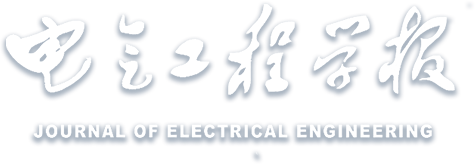Abstract:
The current-fed dual-active-bridge(CF-DAB) DC-DC converter contains multiple magnetic components, including two input DC inductors, one series inductor, and a transformer. The quantity and volume of these magnetic components limit the power density of CF-DAB converters. Therefore, magnetic integration technology is adopted to integrate multiple magnetic components into a single core to improve system power density. First, the parameter design of the input DC inductors and series inductor is completed based on zero-voltage switching(ZVS) conditions and maximum output power requirements. Subsequently, an innovative magnetic integration structure and its design method are proposed, with detailed design procedures and a specific design example provided. Then, ANSYS Maxwell is employed to simulate multiple sets of core and winding parameters, from which an optimal configuration with both low loss and small volume is selected. Finally, a prototype is built to experimentally verify the feasibility and effectiveness of the proposed magnetic integration structure and design method. Both experimental and simulation results show that compared with the conventional discrete magnetic core solution, the proposed integrated magnetic design demonstrates significant advantages in multiple performance metrics: the total core volume is reduced by 36.4 cm
3, total losses are decreased by 1.6 W, and the peak efficiency reaches 98.37%. The consistency between simulation and experimental results fully validates the feasibility and effectiveness of the proposed magnetic integration structure and design method.


 下载:
下载: